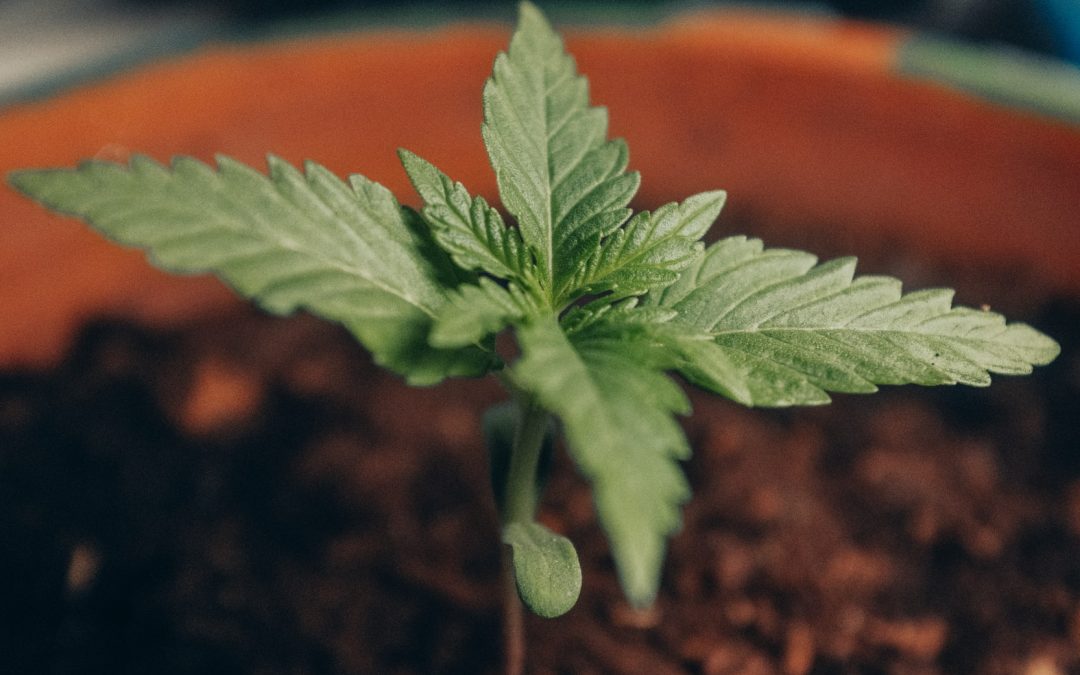Climate change is the most existential challenge of our time. In order to create a more sustainable future, many think we must first return to our roots.
With centuries-deep connections to place and culture, Indigenous peoples understand how humanity and nature can thrive together in reciprocity — a concept known as “traditional ecological knowledge.” This has placed Indigenous leaders at the frontlines of the climate justice movement. Now tribes are seizing a new solution to not just slow climate change but to reverse it.
It all comes down to one plant: hemp.
Native American Hemp (NAH) is a Native-owned nonprofit working with tribes nationwide to grow, process, and create products from organic hemp. These initiatives are creating jobs and flowing capital into these underserved communities while uplifting cultural preservation.
The hemp industry is growing rapidly. It was worth $5 billion in 2019 and is expected to reach $36 billion by 2026. The industry could be a space for tribes to gain the kind of economic development that many believe the federal government has squashed for decades. The plant also serves as an opportunity to exert tribal sovereignty, the right of tribes to self-govern. Each tribe could decide for themselves how to regulate their hemp production without federal interference.
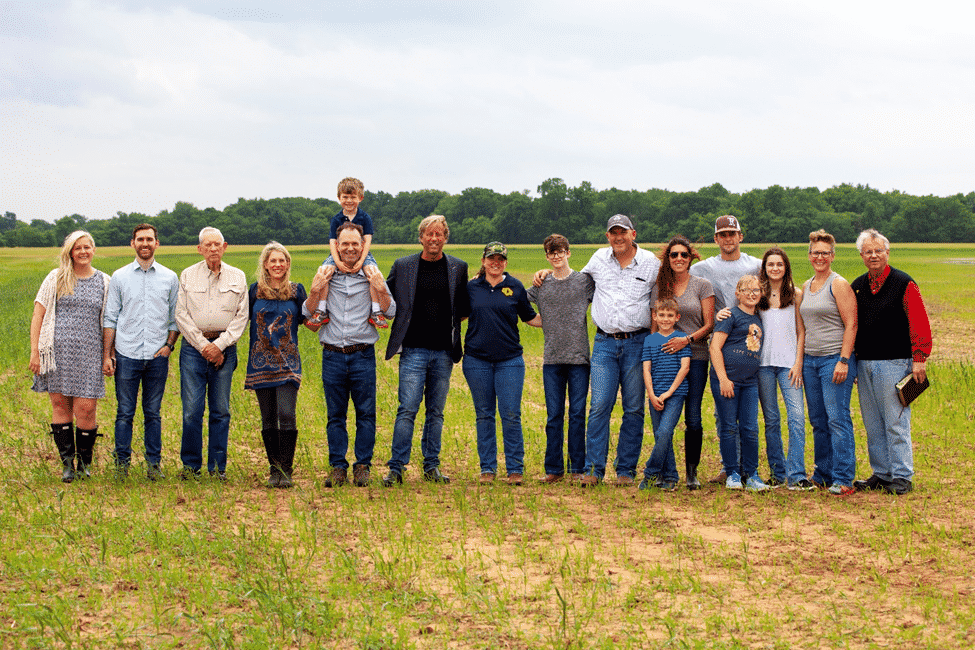
In recent years, especially since the 2018 Farm Bill was signed into law, hemp has perhaps become best known for being used for extractions to make CBD oil. But the plant (which is the same species as cannabis) is incredibly versatile and can be crafted into thousands of products, from clothes to biofuel. NAH is helping tribes nationwide take ownership of this new sector by guiding them through the process of growing hemp, creating these products, and marketing them. The organization currently partners with dozens of tribes on these efforts. Though there are more than 570 federally-recognized tribes across the country, so their work has plenty of room to grow.
“We’re trying to create win-win situations,” says Greg Guedel, executive director of NAH. “That’s what happens when a tribe exerts sovereignty over domestic production, and then consumers get the chance to benefit from it. So it’s really exciting that the idea of sovereignty can be implemented on a practical basis.”
Beyond its economic opportunities, hemp is transformative for the environment. This plant is drought-resistant, and its roots can absorb toxic chemicals from the soil. Most importantly, hemp sequesters twice as much carbon from the air as trees, and the plant can continue to do this even after it’s been pulled out of the ground.
For example, blocks of Hempcrete — a hemp-based material as strong as concrete that is eight times lighter — can be used to build affordable housing. The hempcrete will continue to absorb carbon from the atmosphere even after the homes are built.
“We can’t grow enough trees. We don’t have time. We have to act now,” says Roger Fragua, a Jemez Pueblo descendant and longtime partner of NAH. “All the other benefits from industrial hemp are great, but it sequesters more carbon than anything else on the planet. Let’s get as many seeds in the ground as possible. We need a natural solution to a natural problem.”
Fragua calls hemp a “magical plant.” He understands its potential firsthand, through his work as president of Cota Holdings, a consulting firm for tribal economic development, and as the co-founder and executive director of Flower Hill Institute, a Native-owned nonprofit that promotes cultural preservation and climate change resiliency.
Cota Holdings and NAH are partnering together to help set tribes up with fully-functioning hemp operations, from certification all the way to finding the right seeds, soil, and climate. They are aiming to create a sustainable hemp ecosystem, where tribes are advised on the tools they need for the skill development and employment of their future workforce. Leslie Elgood, senior strategist at Cota Holdings, believes tribes are the perfect market segment to lead and benefit from the hemp movement.
“Inclusion continues to be a problem in Indian Country. They haven’t always been first at the table in emerging industries,” Elgood says. “Cota Holdings and NAH are partnering so Indian Country can be included in the industrial hemp industry and help it grow in a meaningful way.”
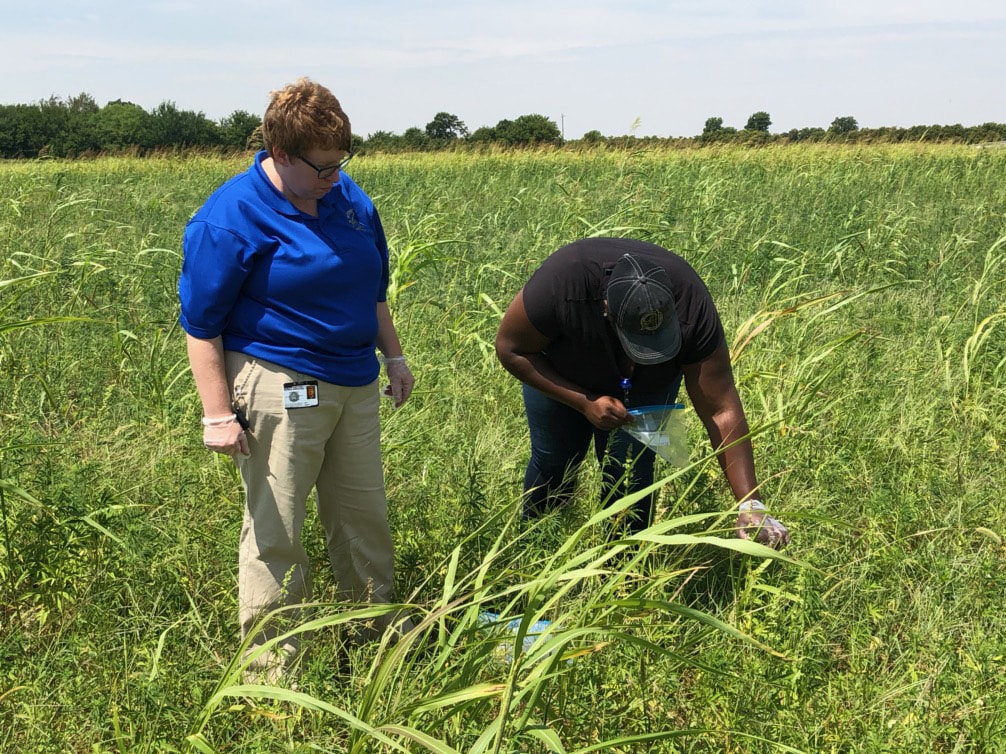
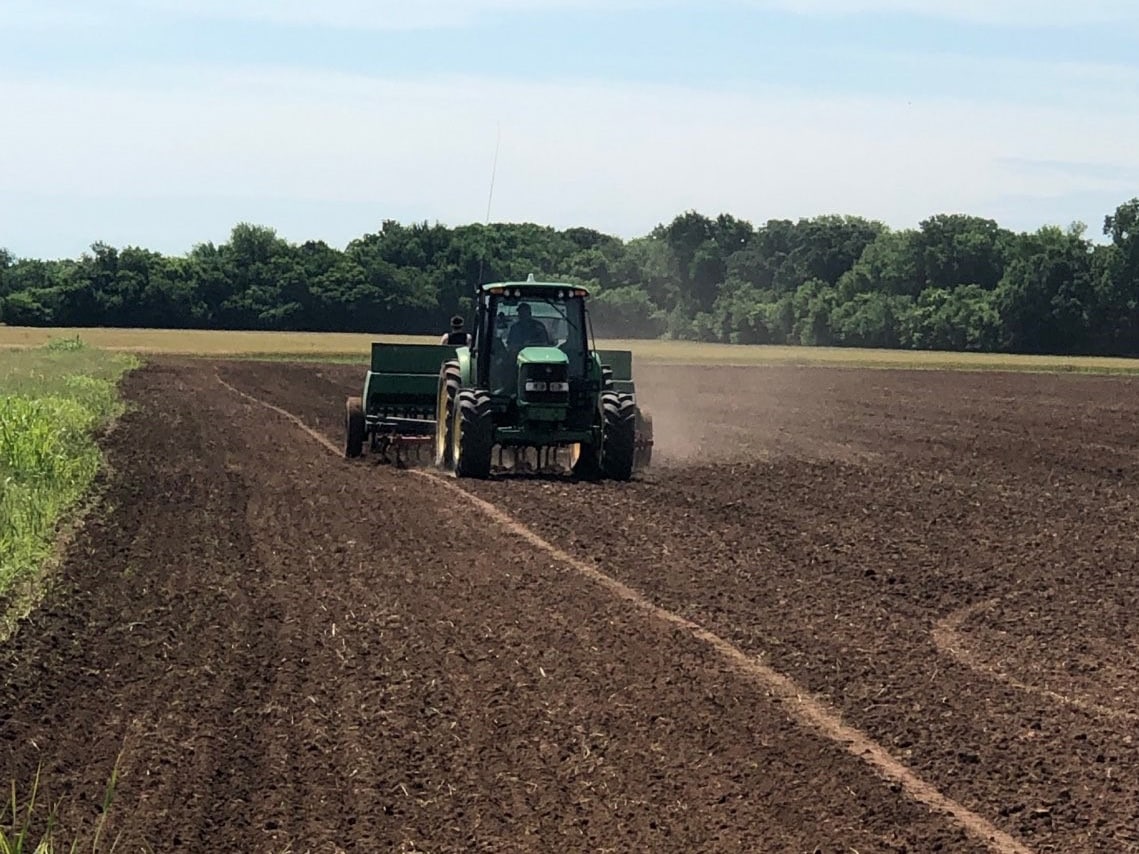
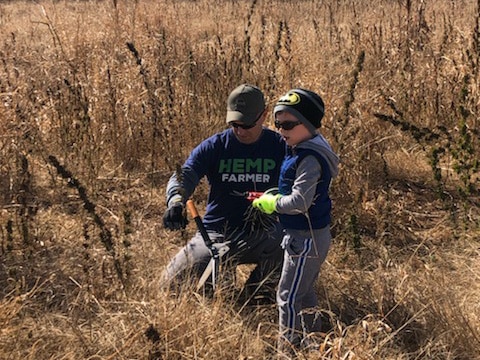
Tribal leaders often say there’s a three-legged stool they must stand on all day, according to Fragua. The three legs are cultural preservation, environmental protection, and economic development. The platform of the stool is sovereignty. Fragua believes the hemp industry is a vehicle for all of these elements.
NAH and Cota Holdings have already provided technical assistance to tribes across the country, from Oregon to Oklahoma, as they implement hemp operations. This includes helping them plant seeds in the ground, figure out the technology they need to tend the fields, and actually setting up hemp refineries. These are just a few of the challenges tribes face when it comes to getting involved in the hemp industry.
Fragua said Native communities can be hesitant to adopt hemp. Despite its industrial uses, it looks too much like its THC-laden sister plant cannabis, and tribes already have long reputations with addiction. Guedel also underscored how difficult it is for tribes to become USDA-certified to start growing hemp; the process includes writing a detailed proposal to even become approved. The answer to both of these obstacles? Education. This means raising awareness about the differences between THC and CBD, and getting more support for the services of organizations such as NAH and Cota Holdings.
Hemp has the potential to bring Native Americans out of poverty, highlight the benefits of Indigenous land stewardship, and more. But it’s imperative that this movement centers the voices of Native Americans, who hold the wisdom for lasting conservation.
“There are few things that contribute so many goods to society, especially for Indian Country and the environment at the same time,” Fragua says. “This is one of them.”
Photos courtesy of Native American Hemp.

Jordan Winter, an award-winning journalist based in Lawrence, KS, comes from a long line of storytellers. A member of the Cherokee Nation, Jordan reports on the issues most important to her — justice, sustainability, and community — to make a positive impact on the world. She graduated from the University of Kansas in 2019 with degrees in journalism and political science. Check out her work at jrdnwntr.com.
